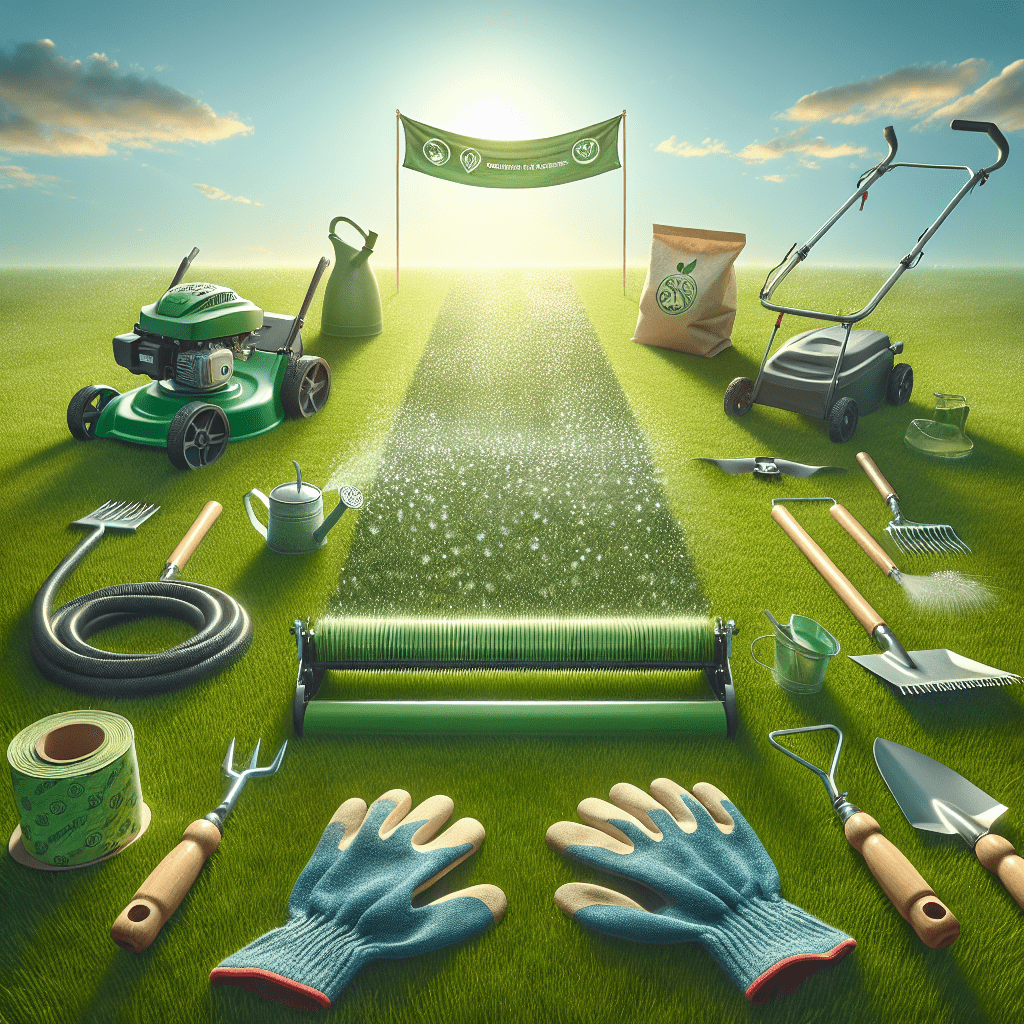Having a lush, green lawn is a goal for many homeowners. Not only does a healthy lawn enhance the curb appeal of your property, but it also provides a safe and enjoyable outdoor space for your family to enjoy. Achieving a greener, healthier lawn doesn’t have to be difficult or costly. By implementing these simple strategies, you can transform your lawn into a vibrant oasis.
1. Proper Mowing Techniques
One of the most important factors in maintaining a healthy lawn is proper mowing techniques. Make sure to mow your lawn at the correct height for your grass type. Different grasses have different optimal mowing heights, so be sure to research the specific needs of your grass. Additionally, avoid cutting your grass too short, as this can stress the plants and make them more susceptible to disease and pests.
2. Watering Wisely
Watering your lawn is essential for maintaining its health, but it’s important to water wisely. Overwatering can lead to shallow roots and promote the growth of weeds and diseases. To ensure your lawn gets the right amount of water, water deeply and infrequently. This encourages deep root growth and helps your grass withstand dry periods.
3. Fertilize Regularly
Fertilizing your lawn is key to providing the essential nutrients that grass needs to thrive. Choose a high-quality fertilizer that is appropriate for your grass type and apply it according to the manufacturer’s instructions. Regular fertilization will help your lawn grow lush and green, while also improving its resistance to pests, diseases, and harsh environmental conditions.
4. Weed Control
Weeds can quickly take over a lawn if left unchecked, competing with grass for nutrients and sunlight. To keep your lawn healthy and weed-free, implement a regular weed control program. This can include pulling weeds by hand, using herbicides, or employing natural weed control methods like mulching and overseeding.
5. Aerate Your Lawn
Over time, soil compaction can prevent air, water, and nutrients from reaching the roots of your grass. To combat this issue, aerate your lawn at least once a year. Aeration involves removing small plugs of soil from the lawn, allowing for improved airflow and water penetration. This process promotes healthier root growth and overall lawn health.
6. Use Natural Lawn Care Products
Many conventional lawn care products contain harmful chemicals that can pose risks to human health and the environment. Consider using natural or organic lawn care products that are safe for pets, children, and wildlife. These products are just as effective as their chemical counterparts and promote a healthier, more sustainable lawn in the long run.
Conclusion
By following these simple strategies, you can achieve a greener, healthier lawn that will be the envy of your neighborhood. Proper mowing techniques, wise watering practices, regular fertilization, weed control, aeration, and natural lawn care products are all key components of a successful lawn care regimen. With a little effort and dedication, you can enjoy a vibrant, lush lawn that enhances the beauty and value of your home.
FAQs
1. How often should I mow my lawn?
The frequency of mowing your lawn will depend on the growth rate of your grass and the season. In general, aim to mow your lawn every 1-2 weeks during the growing season.
2. What is the best time of day to water my lawn?
The best time to water your lawn is early in the morning, ideally before 10 a.m. This allows the grass to absorb the water before the heat of the day sets in, reducing evaporation loss.
3. How can I tell if my lawn needs to be aerated?
If your lawn has compacted soil, poor drainage, or areas of heavy foot traffic, it may benefit from aeration. You can also perform a simple test by inserting a screwdriver into the soil. If it meets resistance, your lawn may be compacted and in need of aeration.
TIP
Consider planting native grasses and plants in your lawn to promote biodiversity and attract beneficial insects and pollinators. Native species are well adapted to your local climate and soil conditions, making them easier to maintain and less prone to pests and diseases.
#Achieve #Greener #Healthier #Lawn #Simple #Strategies
